-
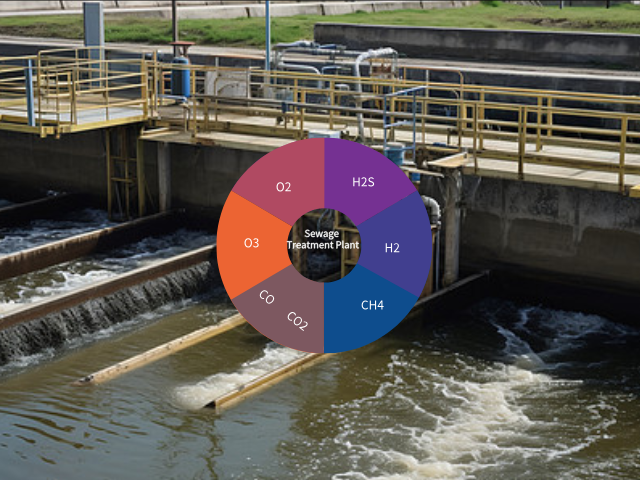
Gassicherheitslösungen für Kläranlagen
2025/10/28Mit der rasanten Entwicklung von Wirtschaft und Technologie steigt das Volumen an Abwasser aus Haushalten und industriellen Aktivitäten kontinuierlich an, und die Abwasserbehandlungskapazität wurde entsprechend erweitert. Hinter dieser schnellen Entwicklung verbergen sich jedoch erhebliche Sicherheitsrisiken durch Gase...
Mehr erfahren -

Anweisungen für die Verwendung von Infrarotsensoren
2025/09/15Die folgenden Punkte sind wichtig für die Verwendung von Infrarotsensoren: 1. Der Sensor benötigt eine Aufheizzeit von 1 Minute. Während dieser Zeit darf nicht mit dem Sensor kommuniziert werden. Er funktioniert erst nach Ablauf der Aufheizphase normal (60 Sekunden). 2...
Mehr erfahren -
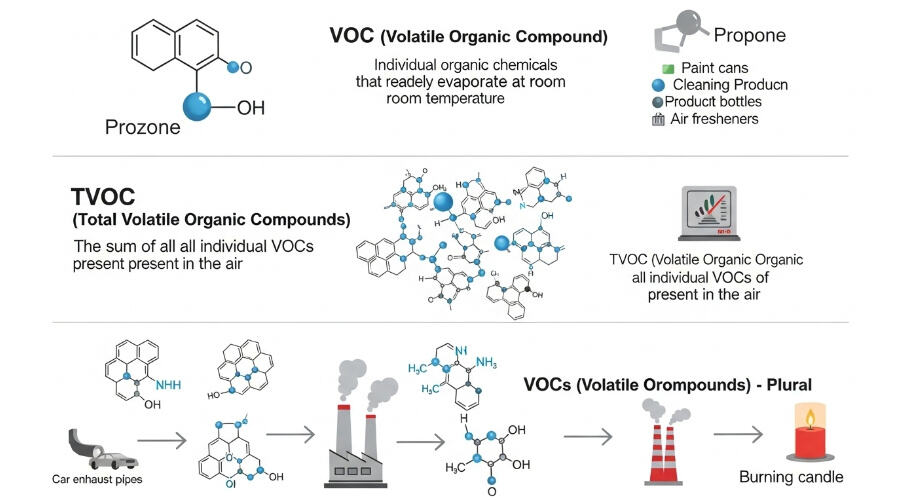
Was sind die Unterschiede zwischen VOC, TVOC und VOCs?
2025/09/15TVOC ist eine der drei Arten organischer Luftschadstoffe (polycyclische aromatische Kohlenwasserstoffe, flüchtige organische Verbindungen und Aldehydverbindungen) mit stärkeren Auswirkungen. VOC bezeichnet organische Verbindungen mit einem Sättigungsdampfdruck über...
Mehr erfahren -
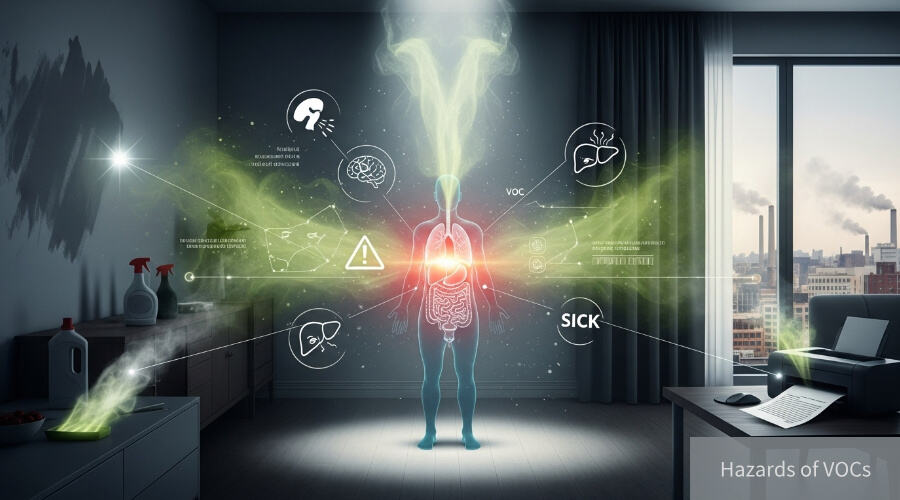
Gefahren durch VOCs
2025/09/15Unter mehr als 900 derzeit identifizierten chemischen und biologischen Stoffen in Innenräumen sind mindestens 350 flüchtige organische Verbindungen (VOCs), die in Konzentrationen unter 1 ppb vorkommen. Mehr als 20 davon sind bekannte Karzinogene oder Mutagene. Obwohl individuelle Kon...
Mehr erfahren -
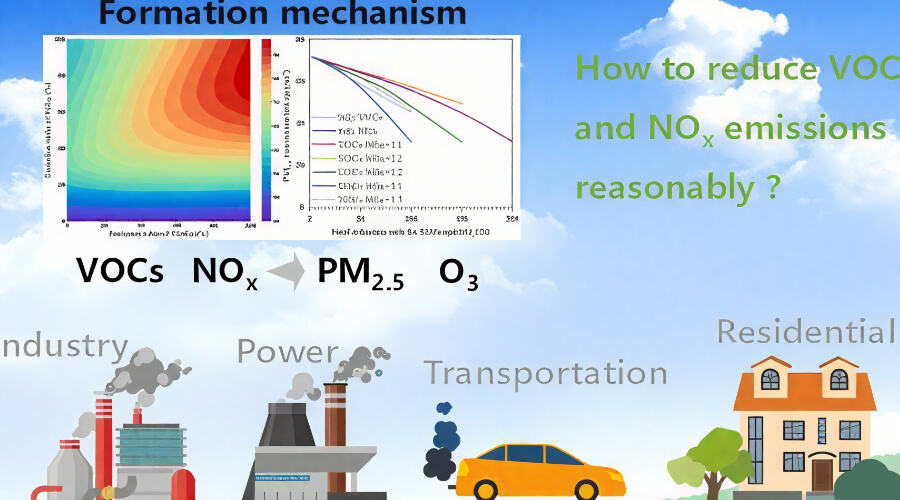
Routinemäßige Erkennung von flüchtigen organischen Verbindungen (VOCs)
2025/09/15Die gängigen Nachweismethoden für flüchtige organische Verbindungen (VOCs) umfassen hauptsächlich Gaschromatographie-Flammenionisationsdetektion (GC-FID), Fourier-Transform-Infrarotspektroskopie (FTIR) und Photoionisationsdetektion (PID). Hierbei verwenden wir...
Mehr erfahren -
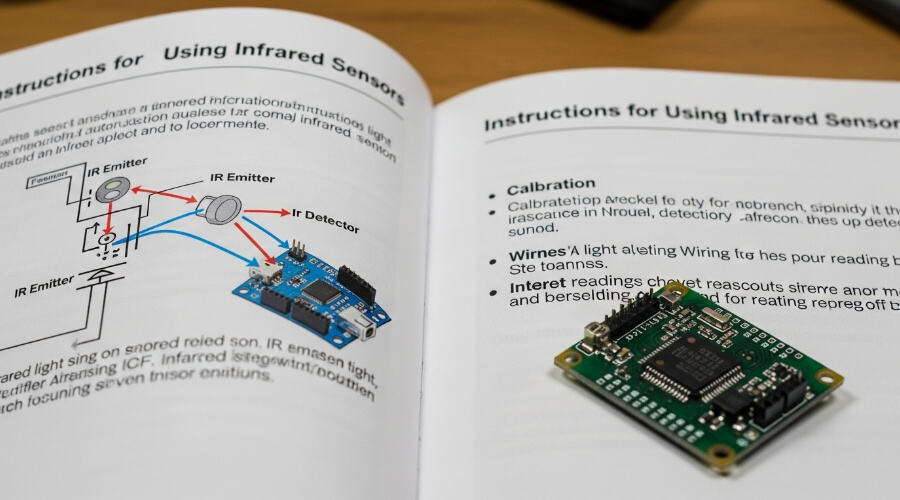
Bedienungsanleitung für den All Gas/VOC-Gassensor
2025/09/15I. Übersicht Der All Gas/VOC-Sensor ist ein festkörperbasierter Polymerelektrolyt-Gassensor, der zur umfassenden Messung mehrerer flüchtiger organischer Verbindungen (VOCs) und toxischer Gase konzipiert ist. Er arbeitet nach dem Prinzip der festkörperbasierten Polymer-Elektrochemie, w...
Mehr erfahren

